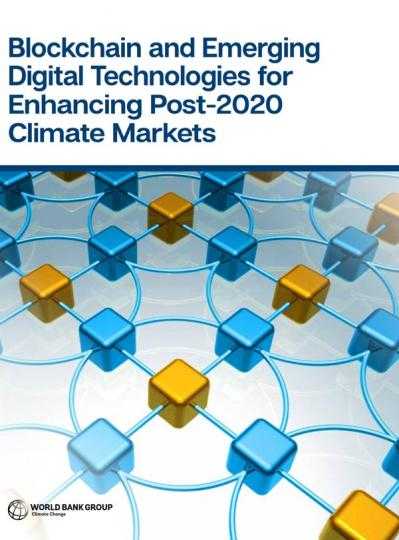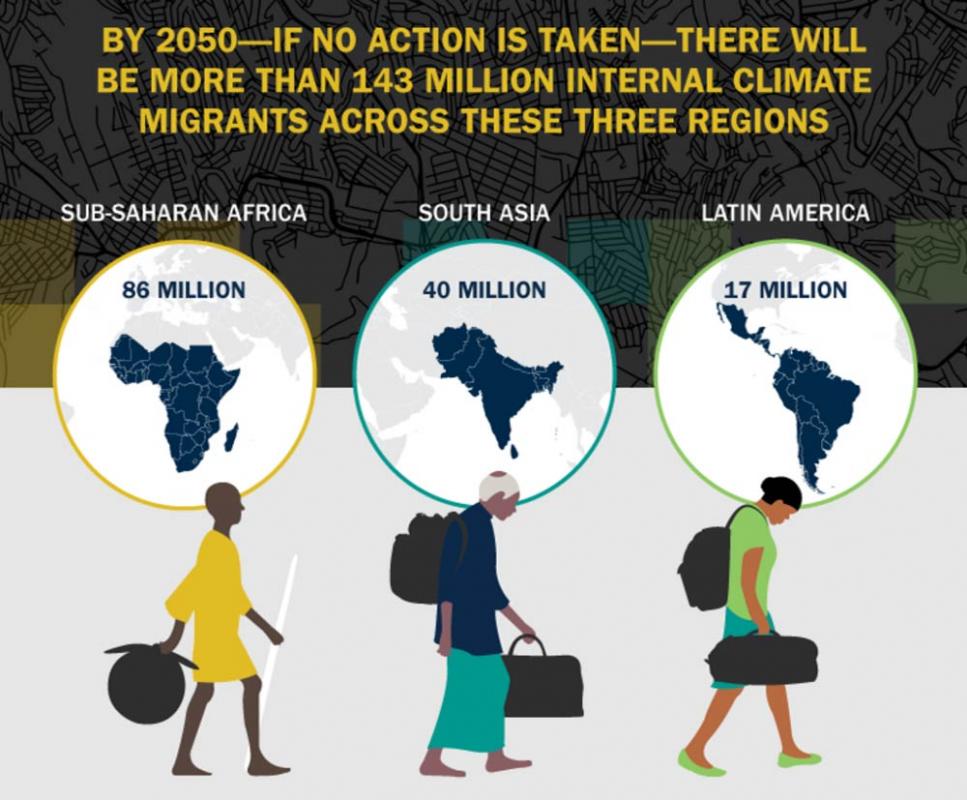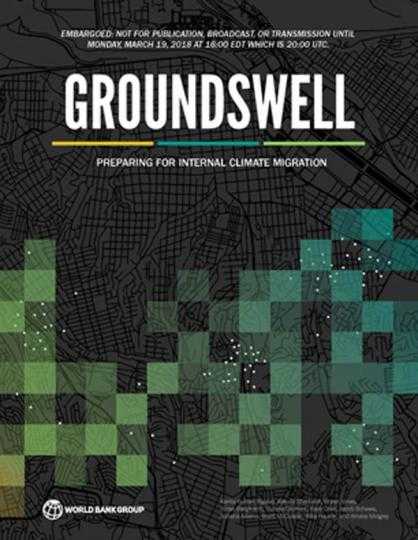






Originally published in Italian on Vogue Italia
Banner and thumbnail photo credits to Max Thabiso Edkins / Connect4Climate




Annual Statement on State of Global Climate
Multi-Hazard Early Warnings

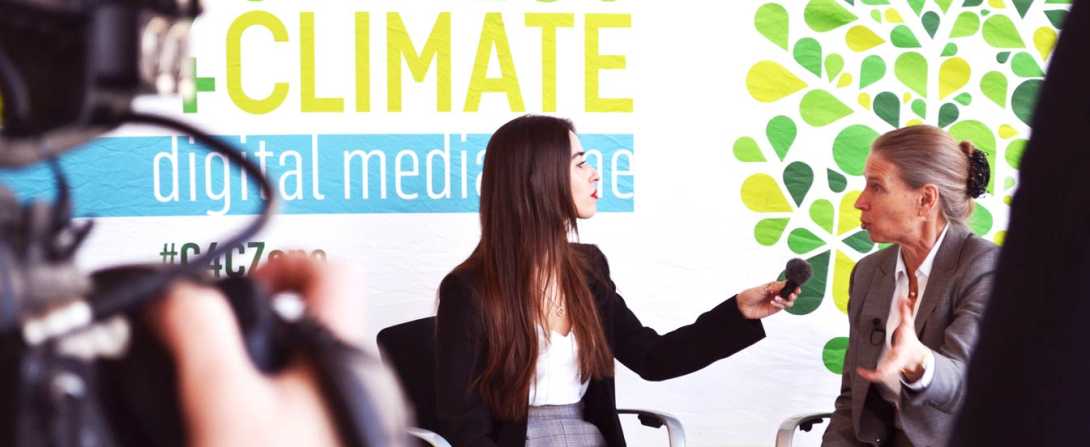


Live interviews

 Ellysar Baroudy, Coordinator for the Forest Carbon Partnership Facility, tells us about the importance of forests for development
Ellysar Baroudy, Coordinator for the Forest Carbon Partnership Facility, tells us about the importance of forests for development

 Frances Seymour, Distinguished Senior Fellow, World Resources Institute
Frances Seymour, Distinguished Senior Fellow, World Resources Institute

 Glenn Prickett, Chief External Affairs Officer, The Nature Conservancy
Glenn Prickett, Chief External Affairs Officer, The Nature Conservancy
Banner and thumbnail photo credits to the World Bank

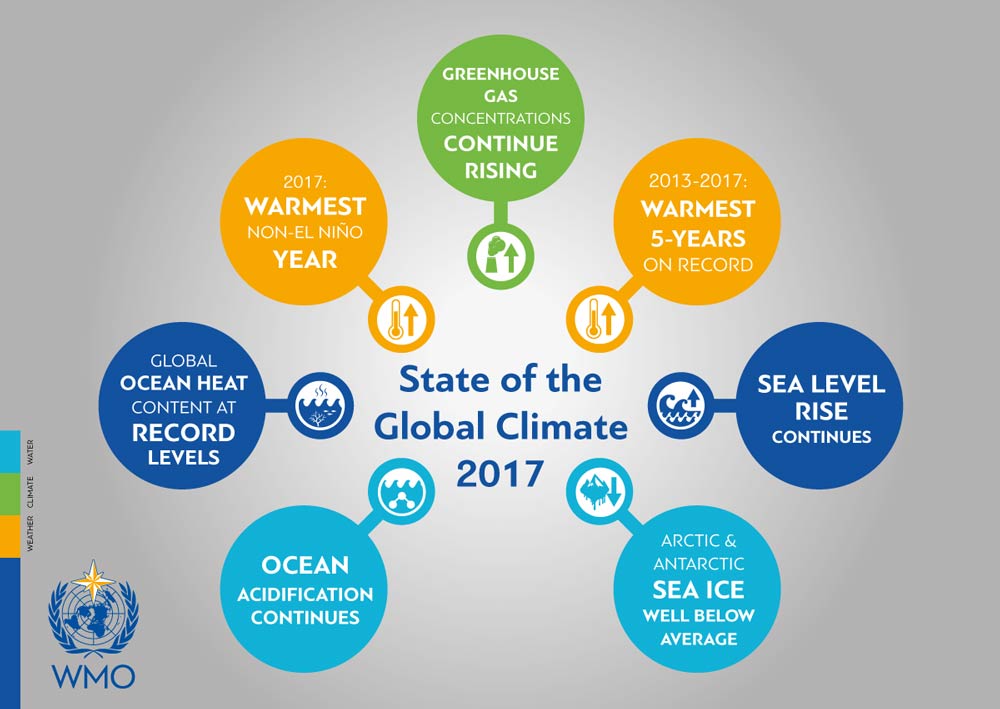


Socio-economic impacts
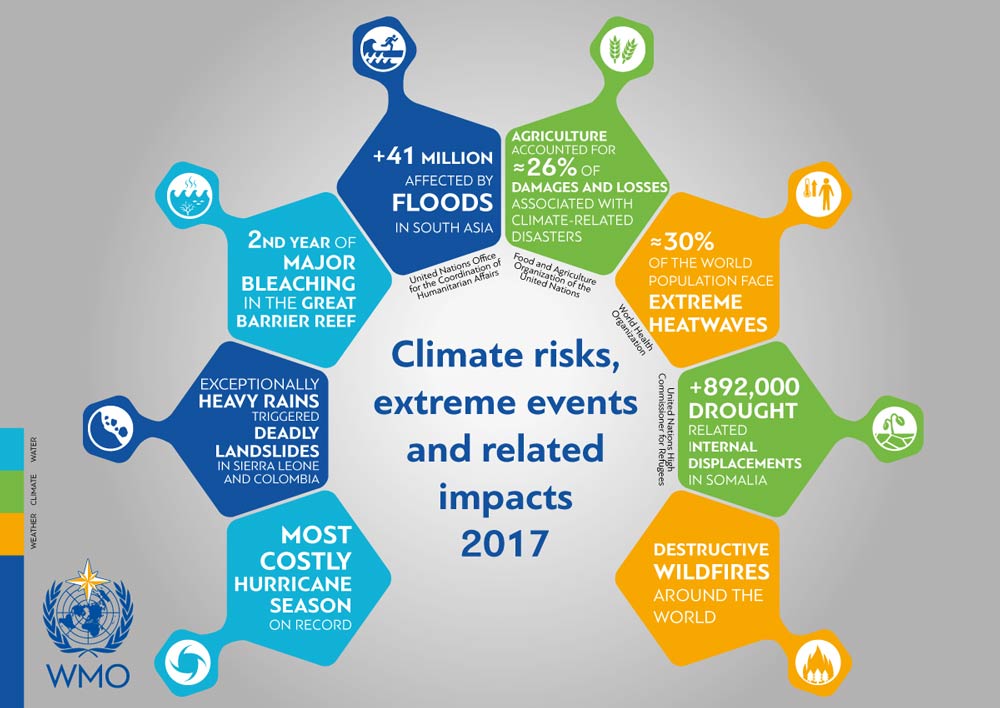
The oceans
Cryosphere







The report recommends key actions nationally and globally, including:

 Cutting global greenhouse gas emissions to reduce climate pressure on people and livelihoods, and to reduce the overall scale of climate migration;
Cutting global greenhouse gas emissions to reduce climate pressure on people and livelihoods, and to reduce the overall scale of climate migration;
 Transforming development planning to factor in the entire cycle of climate migration (before, during and after migration);
Transforming development planning to factor in the entire cycle of climate migration (before, during and after migration);
 Investing in data and analysis to improve understanding of internal climate migration trends and trajectories at the country level.
Investing in data and analysis to improve understanding of internal climate migration trends and trajectories at the country level.



Climate migrants: the human face of climate change
Taking action

 1. Cut greenhouse gases now
1. Cut greenhouse gases now
 2. Embed climate migration in development planning
2. Embed climate migration in development planning
 3. Invest now to improve data on the scale and scope of local climate migration
3. Invest now to improve data on the scale and scope of local climate migrationThis report, which focuses on three regions—Sub-Saharan Africa, South Asia, and Latin America that together represent 55 percent of the developing world’s population—finds that climate change will push tens of millions of people to migrate within their countries by 2050. It projects that without concrete climate and development action, just over 143 million people—or around 2.8 percent of the population of these three regions—could be forced to move within their own countries to escape the slow-onset impacts of climate change.
Hosted by the World Bank Group and supported by Italy’s Ministry of the Environment and Energy Security and Germany’s Federal Ministry for Economic Cooperation and Development, Connect4Climate (C4C) is a global partnership for a livable planet that connects, creates, and communicates to build long-lasting change for future generations.
